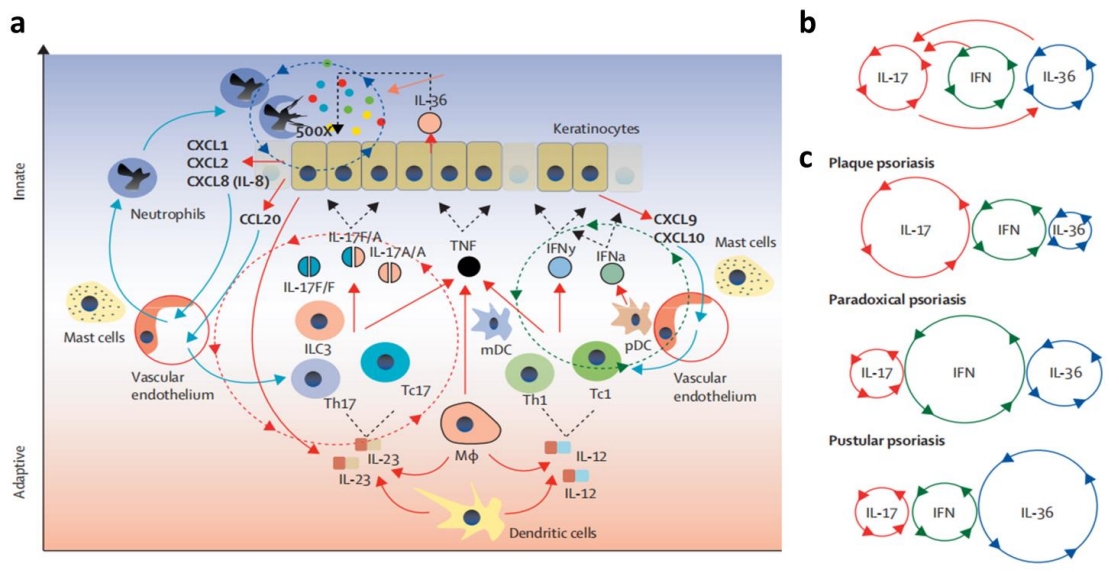
Asia Pacific Academy of Science Pte. Ltd. (APACSCI) specializes in international journal publishing. APACSCI adopts the open access publishing model and provides an important communication bridge for academic groups whose interest fields include engineering, technology, medicine, computer, mathematics, agriculture and forestry, and environment.

Investigating epigenetic changes in the DARP gene as a potential predictive biomarker in ovarian cancer: A pyrosequencing analysis of FFPE samples
Vol 39, Issue 2, 2025
Download PDF
Abstract
Ovarian cancer remains a significant contributor to female mortality worldwide. Epigenetic alterations, which emerge during carcinogenesis, serve as potential biomarkers for cancer progression. Diabetes-related ankyrin repeat protein (DARP), also known as ankyrin repeat domain-containing protein 23, is a member of the muscle ankyrin repeat protein family and is encoded on chromosome 2q11.2. Aberrant methylation of the DARP gene promoter has been reported in various malignancies, including ovarian cancer. This study aimed to evaluate and compare the methylation status of the DARP gene promoter in women diagnosed with epithelial ovarian cancer to a control group consisting of individuals with benign ovarian tumors. A total of 155 female participants were enrolled in the study, comprising 98 patients with epithelial ovarian cancer and 57 controls with benign ovarian tumors. DNA was extracted from the formalin-fixed paraffin-embedded (FFPE) tissue samples of the participants. The methylation levels of CpG sites within the DARP gene promoter were quantitatively analyzed using pyrosequencing. The methylation levels at specific CpG sites were significantly elevated in women with epithelial ovarian cancer compared to the control group. Additionally, the mean methylation level was significantly higher in the ovarian cancer group compared to the controls (p < 0.001). The findings suggest that methylation of the DARP gene promoter may be relevant in the pathogenesis of ovarian cancer and serve as a predictive marker for disease progression and therapeutic decision-making.
Keywords
References
- Siegel RL, Giaquinto AN, Jemal A. Cancer statistics, 2024. CA: A Cancer Journal for Clinicians. 2024; 74(1): 12-49. doi: 10.3322/caac.21820
- Ghose A, McCann L, Makker S, et al. Diagnostic biomarkers in ovarian cancer: advances beyond CA125 and HE4. Therapeutic Advances in Medical Oncology. 2024; 16. doi: 10.1177/17588359241233225
- Chase D, Perhanidis J, Gupta D, et al. Association of Multiple High-Risk Factors on Observed Outcomes in Real-World Patients With Advanced Ovarian Cancer Treated With First-Line Therapy. JCO Clinical Cancer Informatics. 2023; (7). doi: 10.1200/cci.22.00189
- Zhu X, Lang J. Clinical significance of promoter hypermethylation of genes in ovarian cancer. Oncotarget; 2017.
- Murphy MA, Wentzensen N. Frequency of mismatch repair deficiency in ovarian cancer: a systematic review This article is a US Government work and, as such, is in the public domain of the United States of America. International Journal of Cancer. 2011; 129(8): 1914-1922. doi: 10.1002/ijc.25835
- Watanabe Y, Ueda H, Etoh T, et al. A change in promoter methylation of hMLH1 is a cause of acquired resistance to platinum-based chemotherapy in epithelial ovarian cancer. Anticancer Research. 2007; 27: 1449-1452.
- Oliver J, Garcia-Aranda M, Chaves P, et al. Emerging noninvasive methylation biomarkers of cancer prognosis and drug response prediction. Seminars in Cancer Biology. 2022; 83: 584-595. doi: 10.1016/j.semcancer.2021.03.012
- Butera A, Melino G, Amelio I. Epigenetic “Drivers” of Cancer. Journal of Molecular Biology. 2021; 433(15): 167094. doi: 10.1016/j.jmb.2021.167094
- Xie W, Sun H, Li X, et al. Ovarian cancer: epigenetics, drug resistance, and progression. Cancer Cell International. 2021; 21(1). doi: 10.1186/s12935-021-02136-y
- Mogos R, Popovici R, Tanase A, et al. New approaches in ovarian cancer based on genetics and carcinogenesis hypotheses (Review). Experimental and Therapeutic Medicine. 2022; 23(6). doi: 10.3892/etm.2022.11351
- Momenimovahed Z, Tiznobaik A, Taheri S, et al. Ovarian cancer in the world: epidemiology and risk factors. International Journal of Women’s Health. 2019; 11: 287-299. doi: 10.2147/ijwh.s197604
- Morice P, Gouy S, Leary A. Mucinous Ovarian Carcinoma. New England Journal of Medicine. 2019; 380(13): 1256-1266. doi: 10.1056/nejmra1813254
- Gabory A, Ripoche MA, Le Digarcher A, et al. H19acts as a trans regulator of the imprinted gene network controlling growth in mice. Development. 2009; 136(20): 3413-3421. doi: 10.1242/dev.036061
- Timmerman D, Van Calster B, Testa A, et al. Predicting the risk of malignancy in adnexal masses based on the Simple Rules from the International Ovarian Tumor Analysis group. American Journal of Obstetrics and Gynecology. 2016; 214(4): 424-437. doi: 10.1016/j.ajog.2016.01.007
- Cabasag CJ, Fagan PJ, Ferlay J, et al. Ovarian cancer today and tomorrow: A global assessment by world region and Human Development Index using GLOBOCAN 2020. International Journal of Cancer. 2022; 151(9): 1535-1541. doi: 10.1002/ijc.34002
- Marth C, Abreu MH, Andersen KK, et al. Real‐life data on treatment and outcomes in advanced ovarian cancer: An observational, multinational cohort study (RESPONSE trial). Cancer. 2022; 128(16): 3080-3089. doi: 10.1002/cncr.34350
- Ovary fact sheet. Global Cancer Observatory, 2022. Available online: https://gco.iarc.who.int/media/globocan/factsheets/cancers/25-ovary-fact-sheet.pdf (accessed on 28 February 2025).
Supporting Agencies
Copyright (c) 2025 Author(s)
License URL: https://creativecommons.org/licenses/by/4.0/

This site is licensed under a Creative Commons Attribution 4.0 International License (CC BY 4.0).

Medical Genetics, University of Torino Medical School, Italy

Department of Biomedical, Surgical and Dental Sciences, University of Milan, Italy

